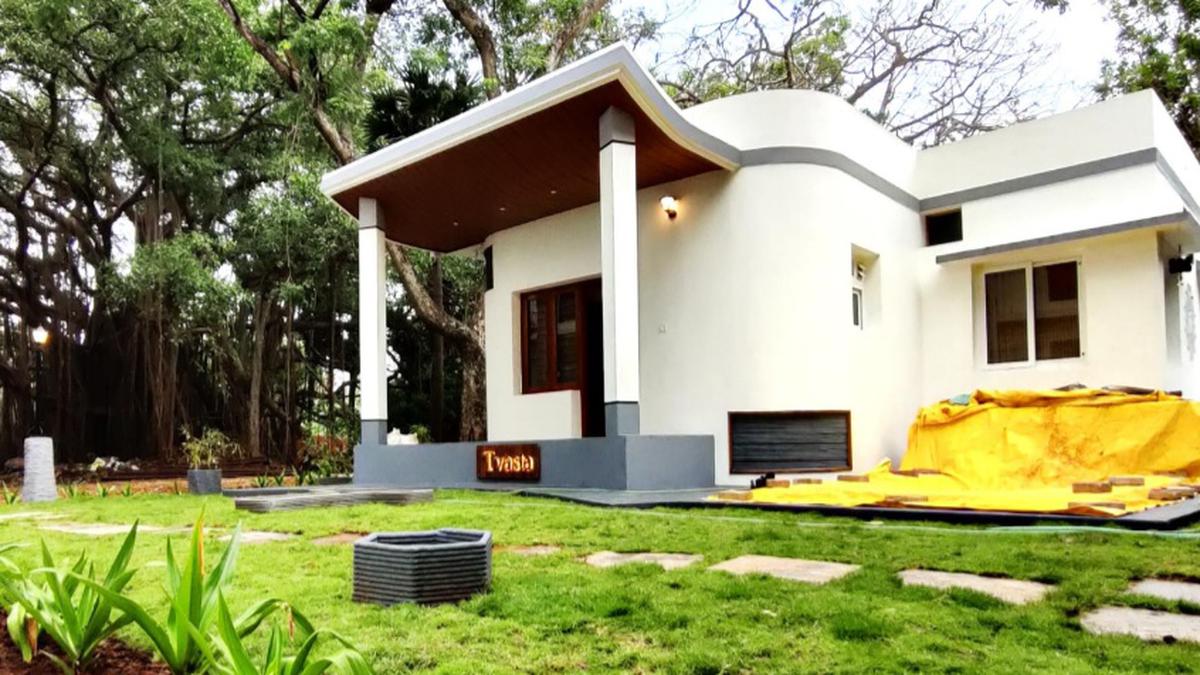
3D Printing: The future of construction industry
The Hindu
3D printing technology, which has the potential to revolutionize the construction industry, offers unprecedented design freedom, reduces material waste, and significantly reduces construction time. It enables the creation of complex architectural forms that would be challenging to achieve with traditional methods
Prof. Suhas Ramachandra
The construction industry stands on the brink of a technological revolution, with 3D printing technology set to redefine traditional building methods. This innovative technology, also known as additive manufacturing, transforms how we design and construct our built environment, promising a future where architectural designs are only limited by the bounds of our imagination.
3D printing has the potential to revolutionize the construction industry. The process of 3D printing a building involves the use of computer-aided design (CAD) software to create a digital blueprint. This blueprint is then converted into a format the 3D printer can understand, typically a .STL or .OBJ file.
Once the design is ready, the 3D printer begins the construction process. The printer deposits layers of material, such as concrete or a composite, in a controlled manner based on the instructions from the digital blueprint. It builds the structure layer by layer, following a pre-determined path, with each layer hardening or drying before the next one is added.
The benefits of 3D printing in construction are manifold. It offers unprecedented design freedom, reduces material waste, and significantly reduces construction time. This technology enables the creation of complex architectural forms that would be challenging to achieve with traditional methods. It also promotes sustainability by minimizing waste and can be more cost-effective.
Furthermore, 3D printing allows for the customization and optimization of building components. Complex geometries can be easily created, enabling architects and engineers to explore innovative designs that were previously impractical or unfeasible. The layer-by-layer approach of 3D printing allows precise control over material distribution and structural integrity, resulting in highly efficient and robust structures.
The process of 3D printing a building involves several key steps. First, the design phase begins with creating a digital model using specialized CAD software. This digital model serves as the blueprint for the 3D printer to follow. Once the design is finalized, it is converted into a format compatible with the specific 3D printing technology.











